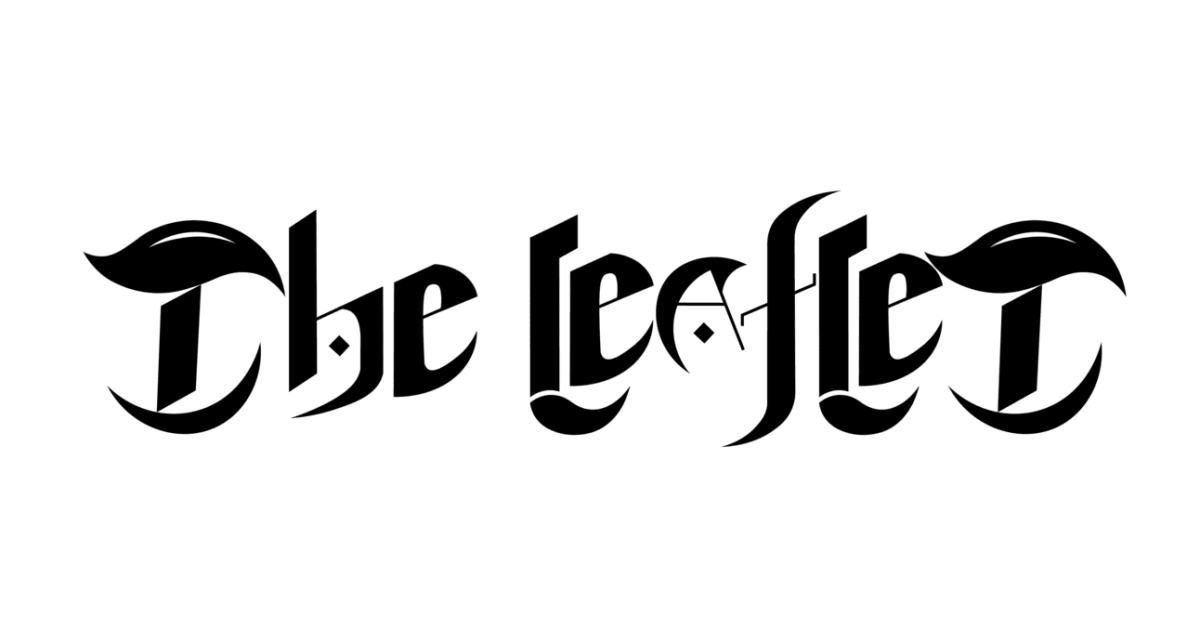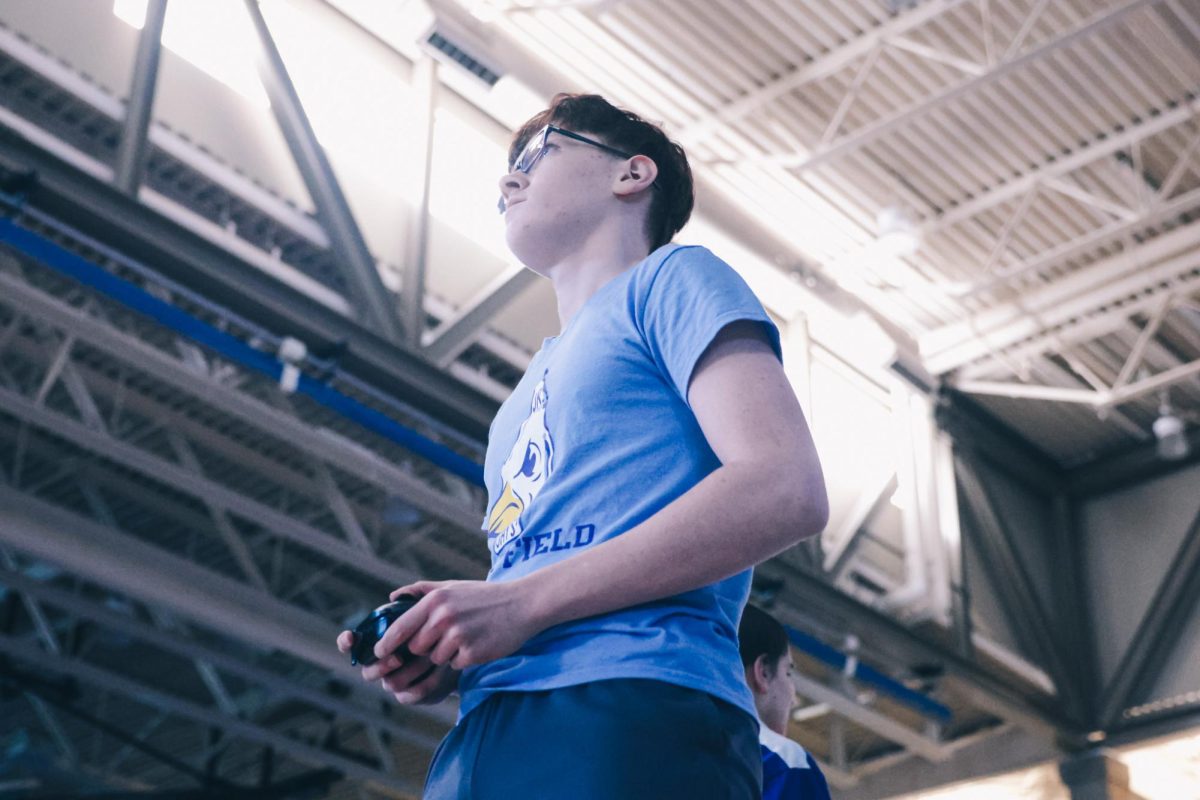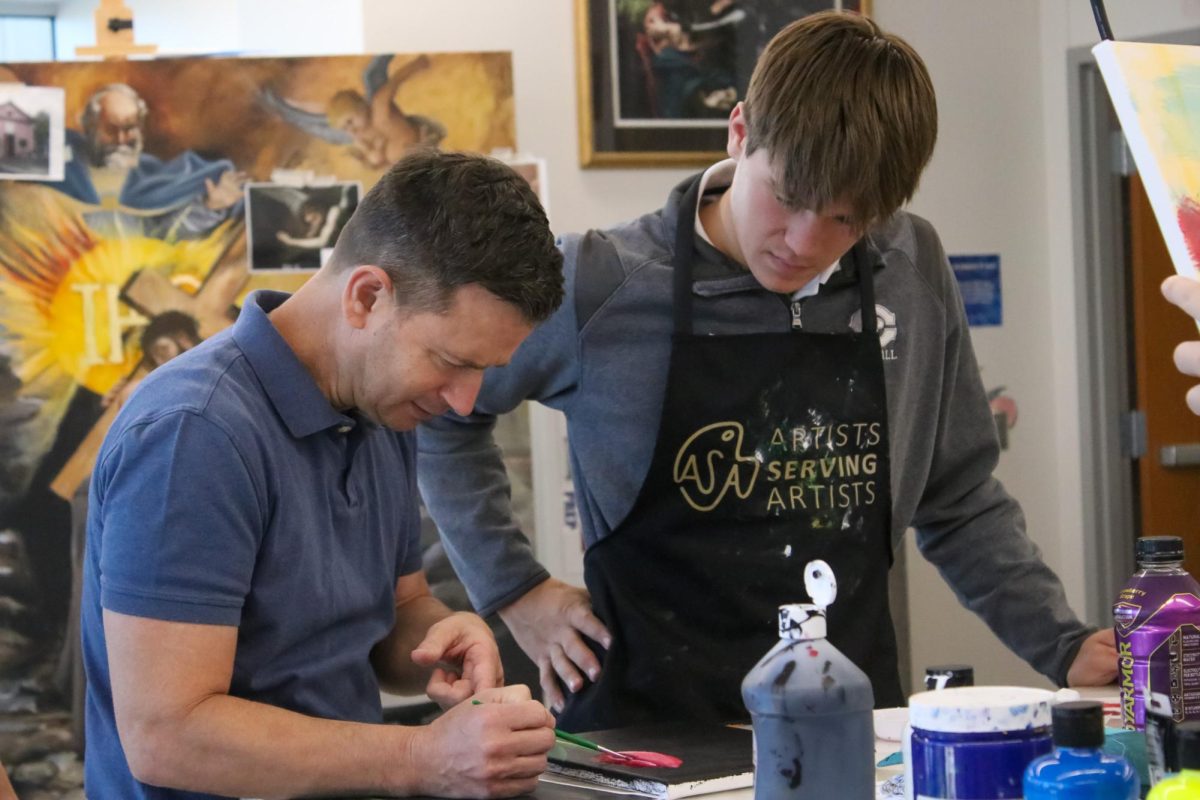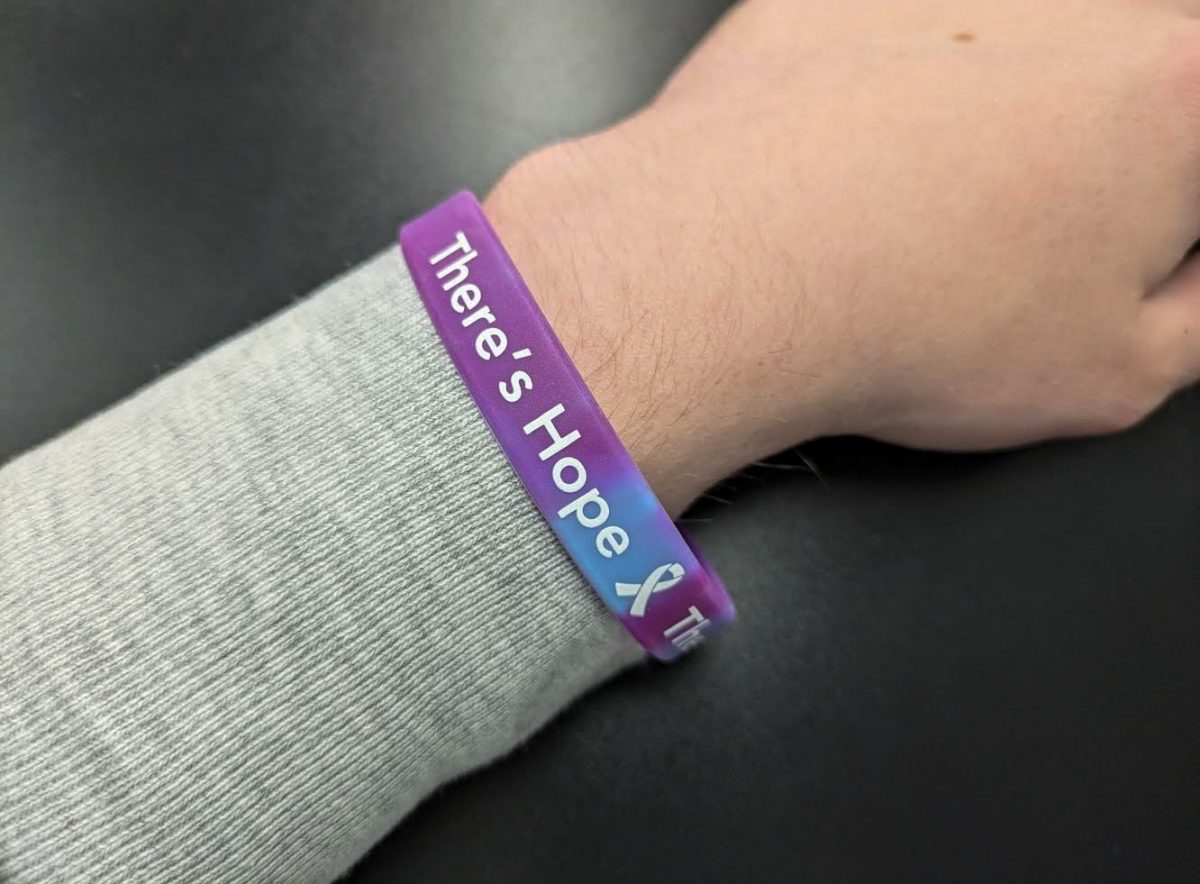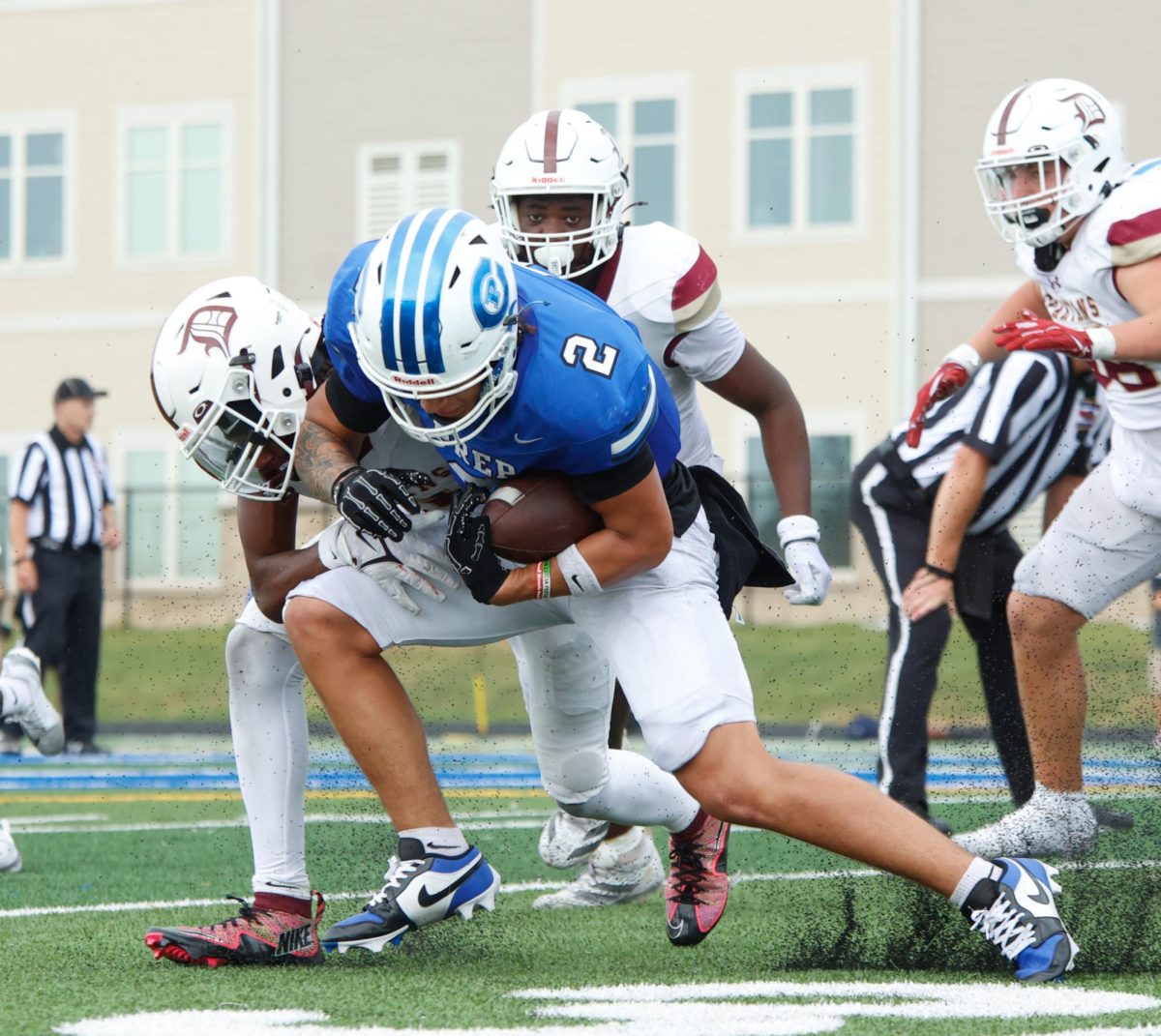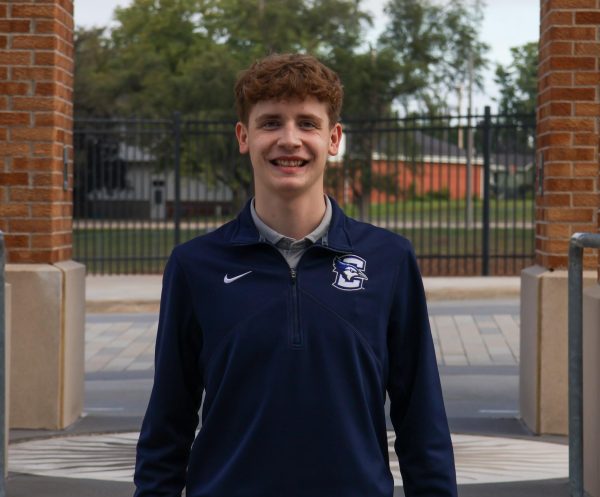A big problem that comes up for firefighters is the inability to see through thick heavy smoke.
It’s a problem that Junior Henry Sommer aims to solve.
Sommer has designed specialized goggles that utilize infrared to see through smoke to locate and rescue people faster. Starting out as a small project for fun, Sommer’s initial idea was night vision goggles, but as time moved on he realized that he could have something truly groundbreaking on his hands.
“My first career choice is a mechanical engineer and my other career choice is either EMS or fire and I really wanted to combine the two.” Sommer said, “I can make something to really help people, and make some money at the same time.”
Making something like this is not cheap and Sommer did not do this alone. He received a grant known as the Avocado Grant from Colin Duffy, a Prep grad class of 2019.
“I applied for [the grant], and I got it,” Sommer said. “We’re still in very close contact, I was just texting him the other day.”
The project has been active for just over a year and during that time Sommer has gone through several different versions and several different designs.
The seventh version “[had] goggles that [strapped] on to existing helmets, but version eight is going to be a helmet in itself,” Sommer said. “It’s going to be a lot more slim, a lot easier to integrate with existing equipment. It also gives one eye open, so you can see the surroundings.”
In June of 2024, Sommer began converting them from their original night vision goggles to the thermal goggles we now know them for.
“I started slowly converting them, I started printing my own frame instead of using the existing VR headset.” Sommer said, “[I] overhauled the whole thing and started slowly developing that into increments.”
And while this is all great, Sommer said that one piece was missing: their practicality.
“We know the physics behind the work, we know how the technology works, what we need to do is make it a better form factor, so version 8 is going to be a total overhaul of the goggles,” Sommer said.
The goggles use thermal imaging which allows for easier detection of human heat signatures during searches. The goggles prove to speed up searches using eyesight rather than tactile methods previously used.
“They’re not using their eyes at all. So if they can, it would speed up their searches a lot faster,” Sommers said, “Another good thing about having thermal imaging, you can detect human heat signatures very easily; [the] lines of humans are very distinguishable.”
Sommer talks about naming his company Vulcan Enterprises, after the Roman God of fire, and the product is called ARTIC, or Augmented Reality Thermal Imaging Camera.
“It’s [going to] help a lot, that’s the goal.”



